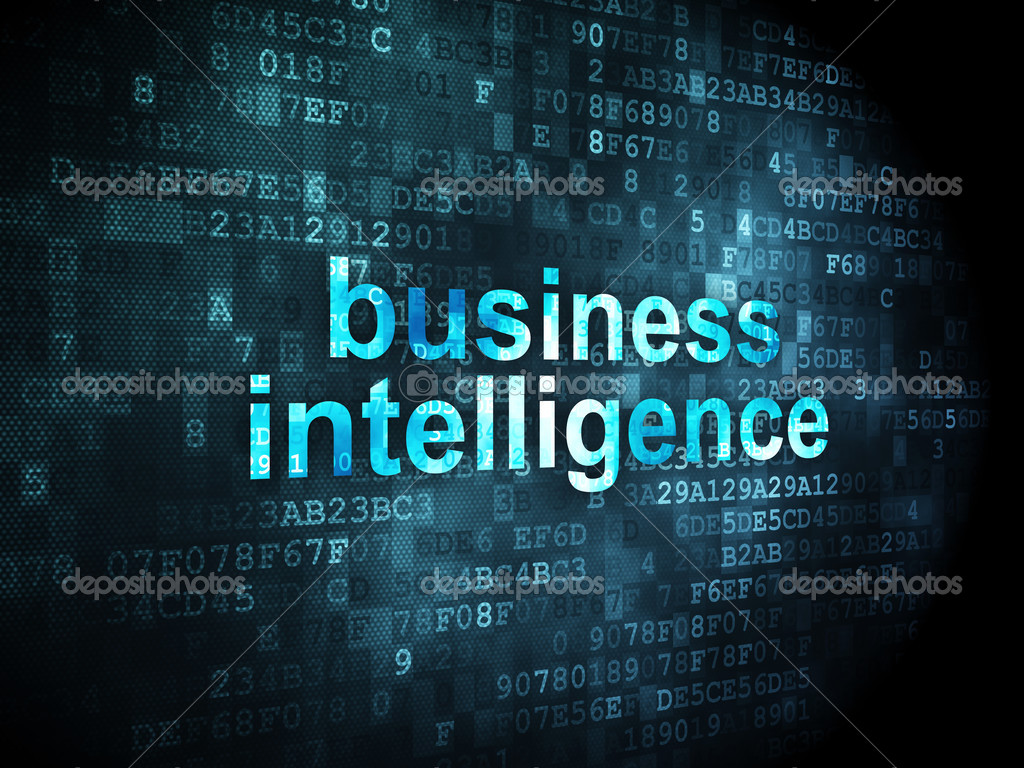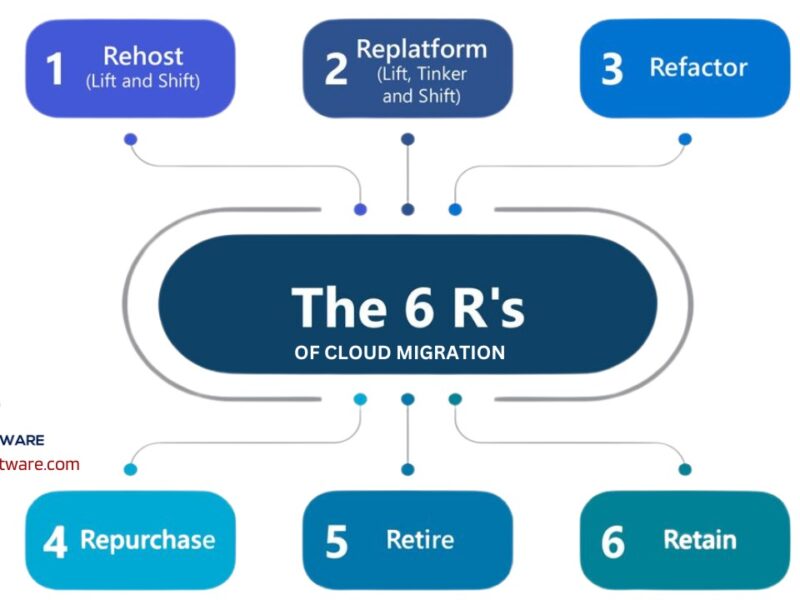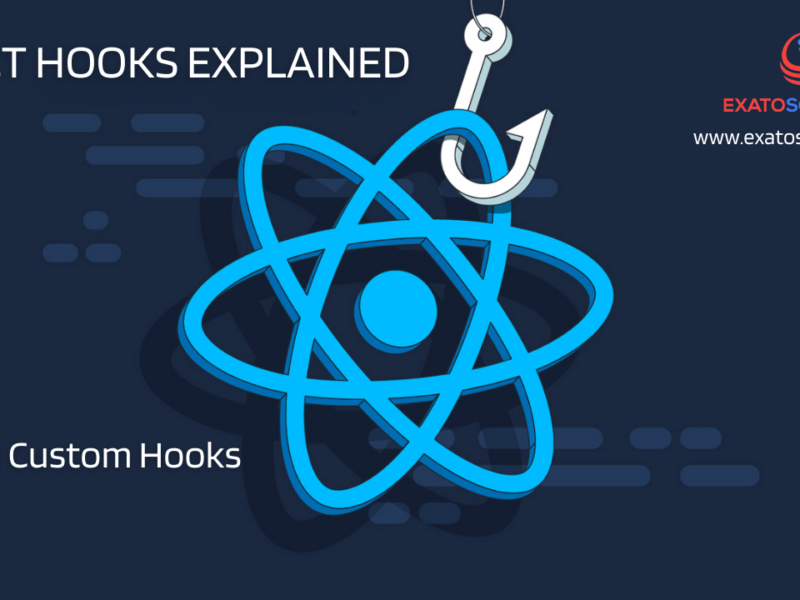The concept of Business Intelligence evokes solutions for advanced reporting, exploitation of data marts, and sophisticated algorithms for the synthesis of large quantities of unstructured data to support management decisions. The result is a sort of crystal ball, with a little more scientific rigor, capable of helping the company to keep the right course to achieve specific objectives. In reality, it was born long before there were computers and software when at the end of the nineteenth century the essential role of the collection of precise data was already understood as a prerequisite for the success of any business.
Business Intelligence was born in the late nineteenth century when the role of collecting precise data for the success of any business was already understood. the first BI tool that every manager had to deal with was a more or less personalized Excel sheet, with the flood of information that companies, sometimes unwittingly, have available in our day, to apply good Business Intelligence practices it becomes indispensable to react promptly to sudden changes in the market.
For this reason, it is no wonder that Gartner has indicated investments in Business Intelligence as the primary objective of CIOs at least until 2022, with an estimated market for Advanced and Predictive Analytics in 2 billion dollars worldwide for 2020.
In India, the situation is well summarized by the Nextvalue research published in the Assintel 2019 report, according to which 51% of medium-large companies and 45% of small and medium-sized ones have included 2019 or 2020 projects related to Business Intelligence in the portfolio, which in both cases is the choice most often indicated among all types of investment in software and services.
The pyramid of Business Intelligence
Currently, there are solutions of all kinds for BI, in the cloud or on-premises, suitable for large and small organizations, but we must not confuse the concept with the Business analytics tools which, as far as the cutting edge of the procedure is concerned, is only a component of the wider design that a company should consider to enable a future-proof Business Intelligence system.
The system can be conceived as a pyramid, in which more distilled data are obtained at each level, up to the extreme synthesis: a dashboard that constitutes the real decision support. At the base of the pyramid, there are multiple sources of information, such as files, documents, and databases, from which often fragmented and unstructured data are extracted. The next level takes advantage of Data Warehouses and Data Marts to achieve better organization and important skimming. The next phase involves the application of statistical analysis techniques and OLAP (On-Line Analytical Processing) that allow you to process large quantities of information very quickly, obtaining only the significant elements. The next step is the so-called data mining. It is here that the most sophisticated algorithms intervene in search of what can represent an anomaly, a risk, or an important suggestion to predict the progress of the business.
This important information must then be made available to decision-makers in the most immediate and understandable way possible, making use of experts in visualization techniques and reporting. Everything must work as quickly as possible so that management can respond immediately to critical issues and opportunities. In this process, Business Analytics is the explanatory and predictive element of data analysis, thus representing the most delicate phase of the Data mining process.
How to get valid analysis with BI
If the base of the pyramid is constituted by a large amount of data available, the quality and homogeneity of the latter become the cornerstone of the whole procedure and the real discriminant for obtaining reliable analyzes and forecasts. If the number of information today is almost never a problem, its completeness and reliability is very often a factor of uncertainty, which no one, however rigorous, implementation of a BI system can remedy.
For each level of the pyramid, it is therefore appropriate to act on the data to solve specific problems. With the basic sources it is necessary to make the data uniform and comparable, while in the transition to the Data warehouse, it is necessary to clean the archive from inaccurate data or correct them, eliminating the empty fields.
Before entering the Data Mining phase, it is also important to eliminate the duplicates and make sure that the set of preparatory information for the analysis is complete. The visualization and reporting phase is also not immune to the risk of errors. In this case, the elements to be verified are the uniqueness of the indicators and the correctness of the formulas used to represent the results.
BI in the Cloud for Small Business
Given the complexity of the process and the involvement of the entire technological infrastructure of an organization, one could think of BI as suitable only for medium and large companies.
In reality, the possibility of subscribing to Cloud-based BI services in SaaS mode has opened the doors of predictive data analysis even to small businesses, without having to have a specialized staff and avoiding the complexity and costs of an on-premises solution.
From IT manager to business analyst
Gartner predicted that most of the managers and analysts in the company will have tools available to prepare and evaluate data in a completely autonomous way, without needing to be supported by the IT department. The trend is that of decentralization of Business Intelligence towards business units, with the consequent risk of the proliferation of similar tools within the same organization, each with only partial access to data and without centralized control.
This, in addition to the apparent ease of use of the new tools, is also due to the actual difficulties of corporate IT in meeting the growing needs for speed and flexibility in reporting. Furthermore, it is not certain that those with IT skills also have the business vision necessary to design and make analytics efficient.
This scenario paves the way for the emergence of new professional figures, with a view to retraining IT workers, who would straddle the two worlds becoming fundamental resources for the harmonious development of Business Intelligence in the company.



